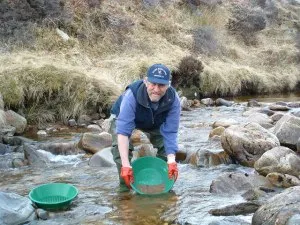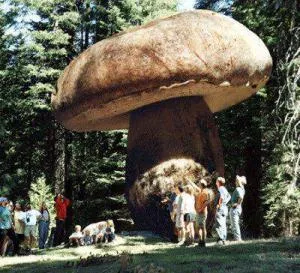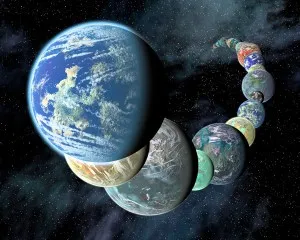13– Underwater Gold,

If you were to go exploring in the deep, vast oceans, you might discover some flakes of gold, but did you know there are more than 20 million tons of gold at the bottom of the sea?
The only reason we haven’t grabbed our scuba gear and excavation equipment is because the gold is spread out over such a wide area, where one litre of water contains just 13 billionths of a gram of gold that people don’t think it’s worth it
There currently doesn’t exist any efficient way of harvesting this gold – but if we could manage it, we’d have enough to give every single person on earth 9 pounds worth of gold.
14-– Largest Living Thing,

Most would point to the Blue Whale if asked to identify the largest living creature on this planet, but there exists another living organism that could easily top it
One mushroom grows fungus which tunnels underground, one particular variety of honey mushroom found in Oregon was discovered to be over 2,200 acres big, stretching all underground
Try to imagine yourself with body hair spanning over 2,000 football fields and you’re able to feel everything that comes into contact with it – and you’ll know what it’s like to be this mushroom.
15– Super-Earths

Earth has always been a curious place because it’s only just barely far enough away from the sun not to get burnt, but not so far that it freezes
Scientists have been searching through a number of exoplanets, planets that orbit another star other than our sun that happen to be in the habitable zone, not too hot and not too cold – just enough of both to sustain life as we know it
Since 2012, several Super-Earths have been discovered considerably bigger than Earth but still in the habitable zone – we’ve even seen a planet discovered this year that is roughly the same size, could theoretically sustain life and orbits a red dwarf
There’s no telling if we’ll ever find another Earth – that’s a job left to the future generations.